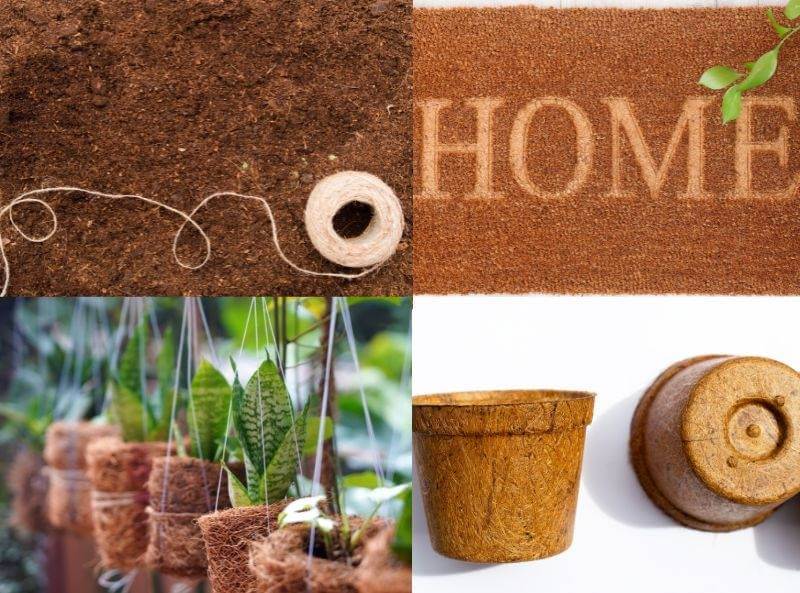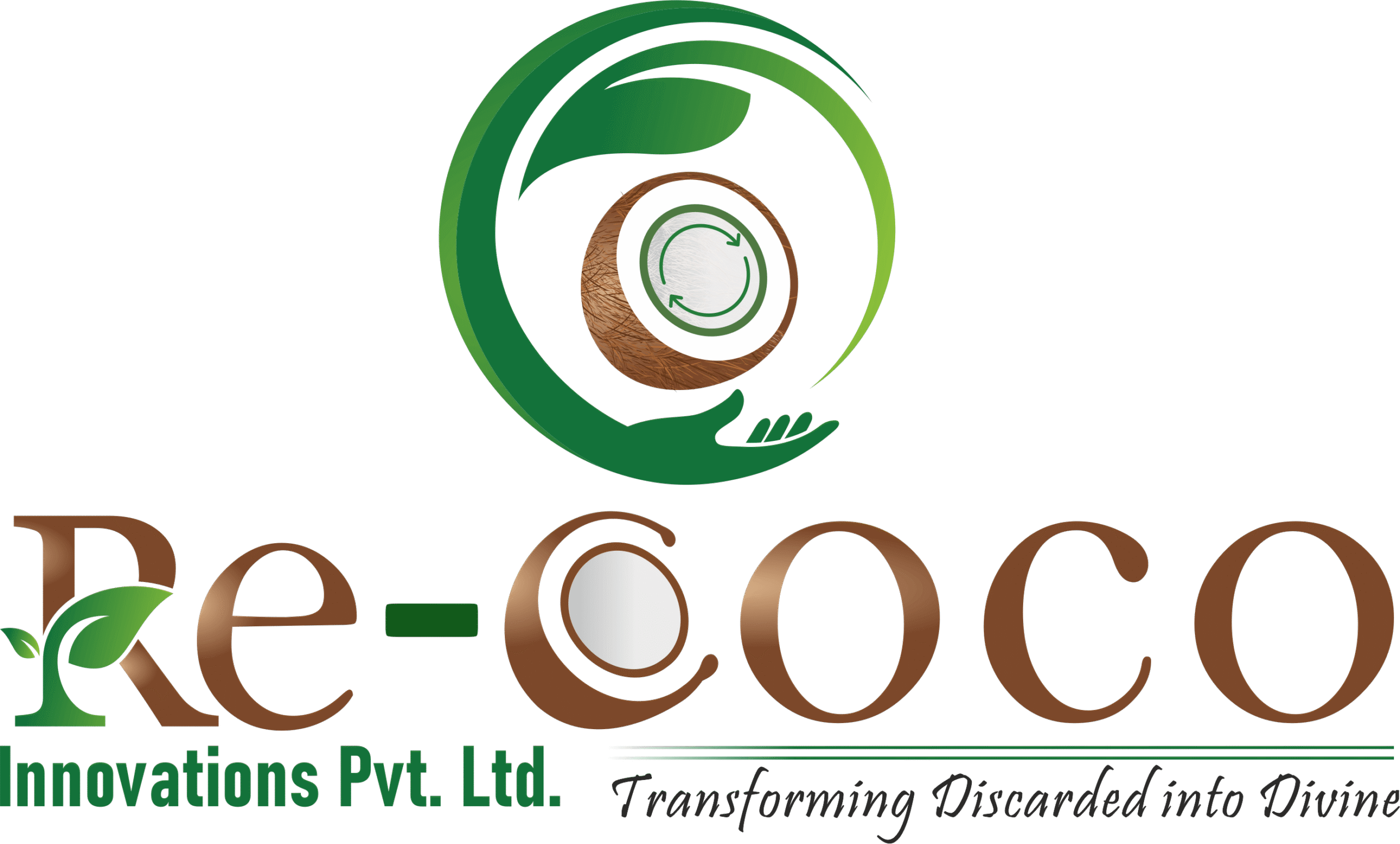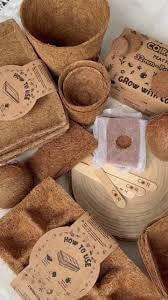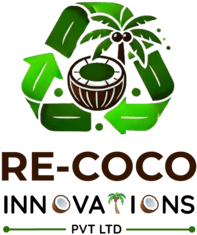Your cart is currently empty.

75% of the coconuts produced worldwide (60+ million metric tons annually) come from Indonesia, Philippines and India together, with India being the third largest producer. In India, over 90% of the production happens in Tamil Nadu, Kerala, Karnataka and Andhra Pradesh.
Needless to say, the coconut tree plays a vital role in our lives and economy.
In Sanskrit, the coconut palm is called “kalpa vriksha,” or “the tree which provides all the necessities of life.” There is good reason for that. The coconut tree – the fruit, the leaves, the bark, the wood, the roots, all of it – is utilised in a number of ways such as eating, cooking, personal care, gardening, cultivation, construction and more. It is a true zero waste plant.
The coconut fruit:
The inner part of the fruit has the coconut water and the white flesh, which is widely consumed across the country, and makes for a refreshing summer drink. The flesh also yields coconut oil, used for cooking. The husk and shells can be used for fuel and are a source of charcoal, which, being a good adsorbent, is considered extremely effective for the removal of impurities.
Last but not the least, the husk of the coconut yields the fibrous coir – a durable, sterile, fungus resistant material used in making products with plenty of exposure to water and/or used outdoors, such as doormats, plant basket liners, brushes, ropes, rugs and upholstery stuffing. Additionally, coir is added to soil to improve water retention, becoming an important ingredient in gardening or cultivation.
If all is well, where lies the problem?
The one use of coconut shells and husks that is not so appealing, and certainly harmful, yet incredibly prevalent in South India, is that they are burnt for smoke to repel mosquitoes. In fact, a majority of the shells and husks are disposed off this way. This is a huge problem not merely from the perspective of breathing, but also because methane and CO2 are released in huge amounts. These are both greenhouse gases, with methane being over 80 times more harmful than CO2 in the short run.
At ONEarth, this is the problem we have tried to solve. We use waste coconut shells and coir to make a number of useful daily life products such as Bowls, Brushes, Planter and Fertilizers
Reasons for upscaling
- Sustainability & Waste Valorization: Coir is a readily available, renewable agricultural by-product that can be valorized into high-value products, reducing waste and promoting circular economy principles.
- Environmental Benefits: Using coir as a replacement for synthetic materials in construction and other industries is more eco-friendly, as it is biodegradable and reduces reliance on non-renewable resources.
Enhanced Material Properties:
Coir fibers can improve the mechanical and thermal properties of composites by:
- Improving Tensile Strength and Ductility: Adding fibers to brittle materials like concrete can increase their resistance to tensile forces and enhance their energy absorption capabilities.
- Enhancing Thermal Insulation: The porous structure and low thermal conductivity of coir fibers contribute to better thermal comfort in buildings.
- Improving Interfacial Adhesion: The roughness and lignocellulosic composition of coir fibers facilitate strong bonding with matrices like clay-cement, leading to better composite performance.
High Availability & Low Cost:
Coir is abundant from the coconut industry, making it an economically feasible alternative to more expensive synthetic fibers.
Specific Chemical Composition:
The presence of cellulose, hemicellulose, and lignin in coir makes it suitable for various industrial and agricultural applications.
Examples of Upscaled Applications
Sustainable Building Materials:
Coir can be used in adobe blocks for improved mechanical characteristics and as a reinforcing fiber in concrete to enhance its tensile strength and durability.
Biodegradable Packaging & Composites:
Its strength and biodegradability make it suitable for creating new bio-based materials.
Soil Conditioners & Gardening:
Coir is used as a substrate for seed starting, a potting mix, or a component in compost and soil amendments.
Wastewater Treatment:
Coir can be processed to create materials used in wastewater treatment, providing a cost-effective and ecological solution.



